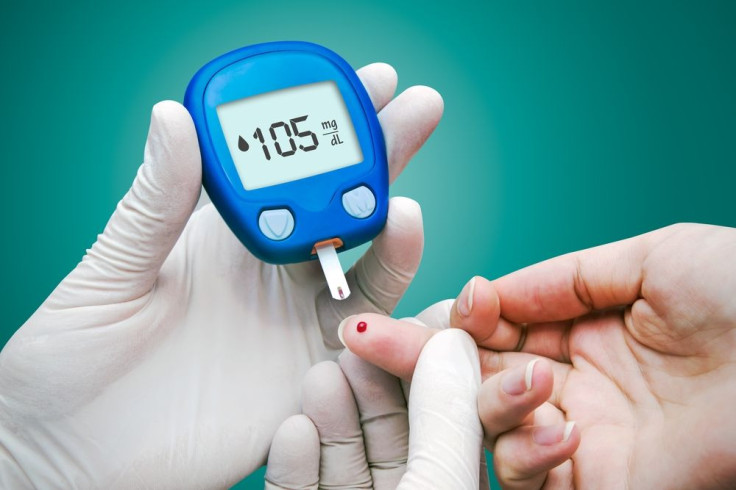29 Million People In The US Have Diabetes, Including More Than 200,000 Teens And Children

The national burden of diabetes in the United States has continued to grow in recent years, becoming the seventh leading cause of death among Americans. Diabetes diagnoses are often followed by serious health complications including heart disease, stroke, kidney failure, blindness, lower-extremity amputations, and premature death. A report released by the Centers for Disease Control and Prevention has revealed that 9.3 percent of the U.S. population is currently suffering from diabetes, including one out of four people who are unaware they have the condition.
“These new numbers are alarming and underscore the need for an increased focus on reducing the burden of diabetes in our country,” said Dr. Ann Albright, director of the CDC’s Division of Diabetes Translation, in a statement. “Diabetes is costly in both human and economic terms. It’s urgent that we take swift action to effectively treat and prevent this serious disease.”
According to findings from the National Diabetes Statistics Report, 2014, 29 million people in the U.S. have diabetes, including 1.7 million people over the age of 20 who were newly diagnosed in 2012. There are also currently 208,000 people under the age of 20 who have been diagnosed with either type 1 or type 2 diabetes. Compared to non-Hispanic white adults, non-Hispanic black, Hispanic, and American Indian/Alaska Native adults were around twice as likely to be diagnosed with diabetes.
Additionally, 86 million adults over the age of 20 have prediabetes, meaning their blood sugar is higher than normal, but not high enough to constitute a diagnosis of diabetes. Rates of prediabetes diagnoses were similar among all racial backgrounds at 35 percent for non-Hispanic white, 39 percent for non-Hispanic blacks, and 38 percent for Hispanics. If preventive lifestyle changes such as increased physical activity and weight loss are not addressed, 15 to 30 percent of people with prediabetes will be diagnosed with type 2 diabetes within five years.
The CDC’s report also found that diabetes and complications caused by the condition accounted for $245 billion in total medical costs and lost work wages in 2012. Diabetes is a serious and sometimes deadly medical condition, but it can be managed through appropriate insulin use, blood sugar-lowering medications, diet, and physical activity. Diabetes sufferers should also look to reduce risk factors of heart disease, including high blood pressure, high cholesterol, and tobacco use.
Published by Medicaldaily.com



























